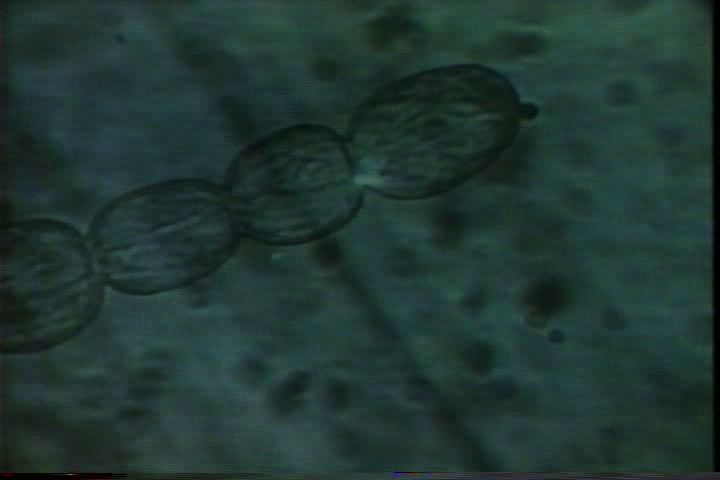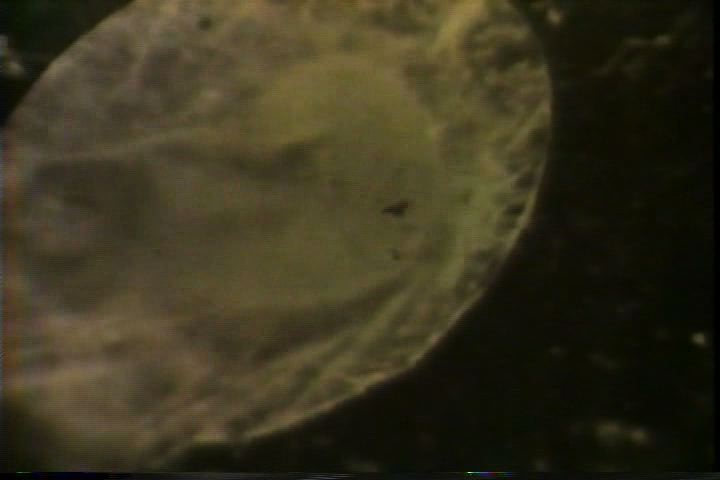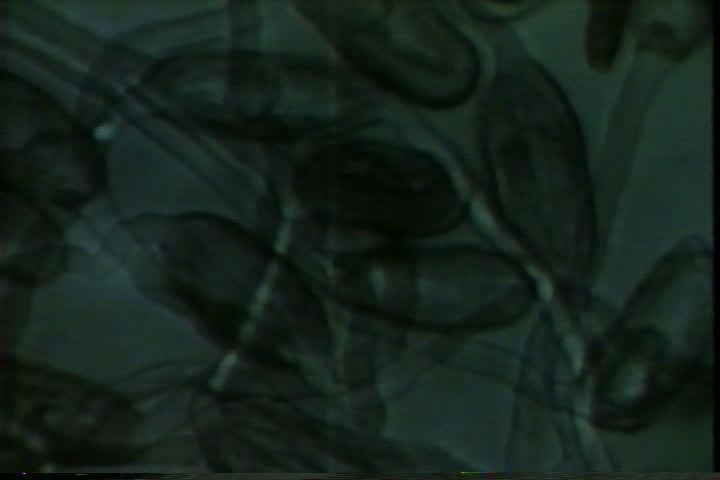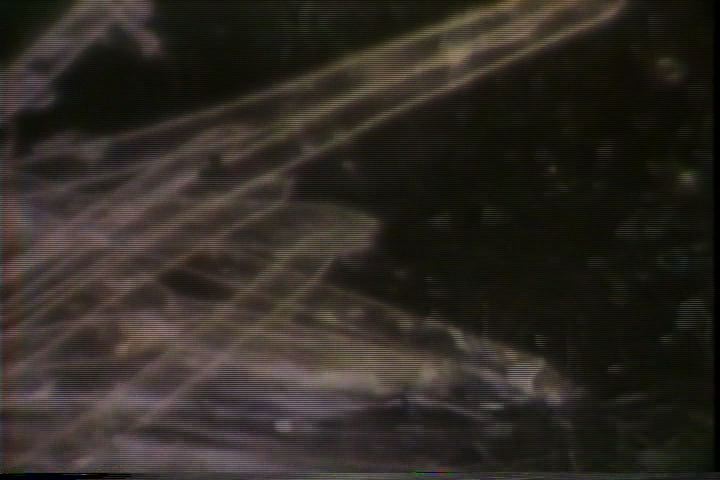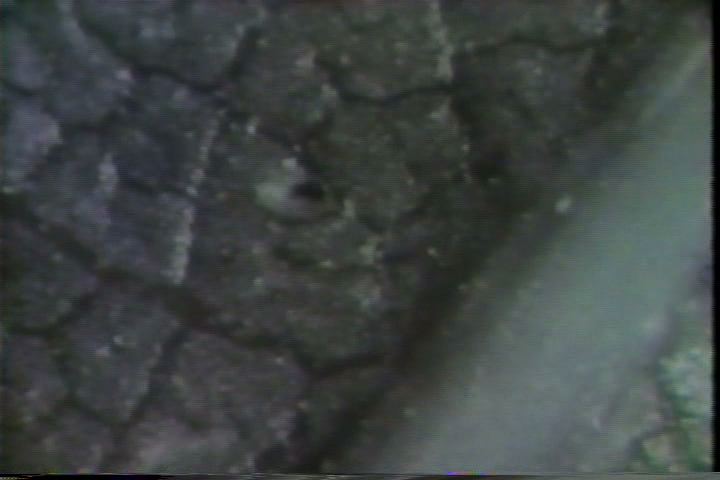We're committed to helping you
Microscopic Motion Picture Camera - 1925
Building the Lapse-Time Camera in 1912 allowed Pillsbury to become intimately familiar with the lives of flowers in ways which no one previously had understood. Showing films of flowers opening up to the sun each the morning as the blossom completed the steps with allowed its kind to continue, made him feel for them as he would for any other living thing. Over the next years he told their stories to audiences around the world. It was at this time people, beginning in California, started the movement to protect the wild flowers.
Pillsbury was a highly trained engineer but he was also a highly sensitive man, kind and compassionate to those he saw in need. His youngest son, who had been named for him, Dr. Arthur F. Pillsbury, would later say he was the kindest, gentlest, hardest working man he had ever met. With this he also possessed a lively sense of humor, delighting in surprising people on occasion. He was also honest, with himself and others, believing the truth in all things was essential to the progress of humanity. These attributes and his strong inclination to think for himself and see what was possible where it was still invisible to others, resulted in the extension of his work with flowers into the smaller, and smaller world of the microscopic.
Using funds drawn from his highly successful commercial operation in Yosemite he funded, designed, and built the camera. Here is the section from his book, Picturing Miracles of Plant and Animal Life which matter of factly reports what how this took place.
From: Picturing Miracles of Plant and Animal Life
"My first attempts to solve these mysteries were crude. I bought a binocular microscope of low power, thinking the camera lens could look into one eye piece while my eye at the other watched what was going on. This gave me up to twenty times magnification, not nearly enough except for small flowers, which I could photograph direct in the camera by similar methods.
Dr. Harper Goodspeed, of the Botony Department of the University of California, was in Yosemite at the time. He became very much interested in I was doing and told me if I could work at the University that fall he could arrange for my use of a laboratory and all equipment he had. This I did and worked six weeks with his help, the first week with no results. I could not get my picture sharp. I stopped taking pictures and commenced experimenting with many sorts of combinations of lenses and methods, trying to get an image of a grain of pollen about a third of an inch in diameter in the camera, which meant a magnification of about two hundred and fifty diameters. If I got the top of the grain sharp, the center and bottom would be out of focus and if the middle plane were shart the top and bottom would be out. After many trials I could that by using a low power lens I could get a small image perfectly sharp. I focused on a piece of ground glass in place of the eye piece, then with a second microscope I was enabled to magnify that sharp image as much as I desired. I could that if I picked the image up from the ground glass, the result was granular, but that I could remove the ground glass, the result was granular, but that I could remove the ground glass and pick it up out of the air. That gave me the desired size of the object on the film and sharp in all its planes.
I made a wooden track with carriages sliding back and forth, fastening the camera at one end, the light at the other, then built carriages for each microscope; these were in perfect alignment from the light to the center of the film. The results were good, but not as perfect as I wanted. The student lenses were old and scratched and the condensers in poor shape and of an old style.
I bought the best compound microscope I could find and a set of achromatic lenses, eye pieces and condensers, and then started to take pictures of sweet pea pollen germinating in a drop of sweetened water. This brought immediate results and some wonderful pictures. Each day I made a new view and finished them as fast as they were made. On the last day I had four or five hundred feet. All the instructors who could crowd into the little makeshift basement laboratory were there to see the results and I was very anxious to get their reactions. After the short showing was over, Dr. Setchel, whose opinion I was most anxious to get, turned to Dr. Holman and said: “What have we just seen, Doctor?” It rather startled him and he began talking about Brownic movements in protoplasm. They all had seen something for the first time and they wanted to think about it before expression an opinion, but were very sure there were unlimited possibilities for future work."
The first until cost Pillsbury over $5,000. He immediately used it in Yosemite that season and in the fall took it to Honolulu, where he was working on subtropical flowers.
Pillsbury believed it was possible to understand the world and keep knowledge open to everyone. He also believed firmly this was the right path for humanity. He called this the "Knowledge Commons." Today we would say, Open Source.
Seeing is believing. The films he made, and showed, around the world and on every major campus in the United States, impacted a generation. The only article which appeared at the time was published in Sunset Magazine in the April 1927 Issue.
Cells in motion
Activity taking place with the cell
Microscopic cells of Spider Plant
Microscopic Threads
Microscopic surface of leaf

